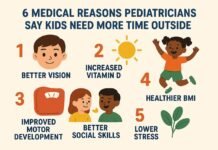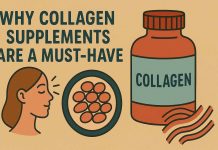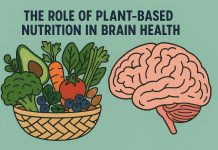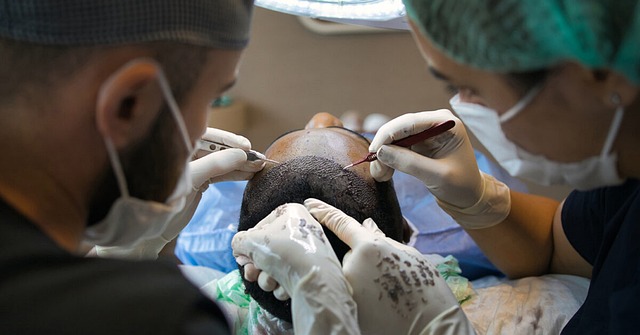Welcoming a child into the world is undoubtedly one of life’s most thrilling experiences. However, amid the sleepless nights and joyful firsts, many new mothers face an unexpected and disheartening challenge: hair loss. This phenomenon, known as postpartum alopecia, can add significantly to the stress and emotional rollercoaster of early motherhood. Spare moments that should be filled with cherished memories often get overshadowed by the distressing sight of hair clumps left behind on brushes and pillows. Fortunately, modern solutions like tiny hair transplants—including the increasingly popular Turkey hair transplant options—can offer substantial relief. These advanced and minimally invasive procedures not only restore hair but also reinvigorate a sense of confidence and self-esteem. New mothers can now find specialized care in renowned clinics, making this solution more accessible and tailored to their needs.
Understanding Postpartum Alopecia
Postpartum hair loss typically occurs a few months after giving birth. Pregnant women often experience lush, thicker hair due to elevated estrogen levels, which prolong the growth phase of hair follicles. After childbirth, estrogen levels drop sharply, leading hairs to enter the shedding phase simultaneously. This sudden loss can seem dramatic and alarming, though it’s natural.
While most women will naturally regain average hair growth within months, this isn’t always the case. For some, the shedding can be excessive and persistent, prompting medical intervention.
The Emotional Impact of Losing Hair Post-Childbirth
Experiencing hair loss after the euphoria of childbirth can be psychologically jarring. New mothers, already adjusting to a slew of changes, may feel distressed as they notice clumps of hair in their brushes or on their pillows. Societal pressures and the portrayal of ‘perfect’ post-pregnancy appearances can further exacerbate feelings of inadequacy and self-consciousness. Many mothers may withdraw from social events or experiences, feeling ashamed about their altered appearance.
Addressing this problem is not mere vanity; it is a legitimate aspect of postpartum care, deserving of attention and empathy.
Tiny Hair Transplants: A Promising Solution
Enter tiny hair transplants—a modern, minimally invasive solution that has revolutionized combating hair loss, including postpartum alopecia. Unlike traditional large-scale hair transplants, tiny hair transplants are tailored to address specific areas of thinning, making them ideal for new mothers experiencing patchy hair loss.
- Precision Treatment: Tiny hair transplants involve the meticulous extraction and implantation of individual hair follicles. This precision allows for a natural-looking restoration that blends seamlessly with existing hair.
- Minimal Downtime: For busy new mothers, the minimal recovery time associated with tiny hair transplants is a significant advantage. The procedure often requires minimal disruption to their routine, allowing them to focus on their new role without added stress.
- Long-Lasting Results: Tiny hair transplants provide permanent solutions to hair loss. The transplanted hairs are typically resistant to the hormonal changes that caused the initial shedding, ensuring lasting, stable results.
The Procedure: What to Expect
Understanding the process can help alleviate anxiety about undergoing a hair transplant. Here’s a brief rundown:
Consultation and Assessment: The journey begins with a thorough consultation with a hair restoration specialist. They will assess the degree of hair loss, discuss medical history, and determine the best approach.
Extraction: During the procedure, individual hair follicles are carefully extracted from a donor area, often the back of the head, where hair is more resistant to falling out.
Implantation: The extracted follicles are then skillfully implanted in the areas experiencing thinning or baldness. This meticulous process ensures that the newly transplanted hair grows naturally with the same texture and direction as the surrounding hair.
Recovery and Aftercare: Post-procedure, there may be some minor swelling or discomfort, but these symptoms usually subside quickly. Patients are advised on gentle hair care practices to ensure optimal growth.
Holistic Approaches to Complement Hair Transplants
While tiny hair transplants can provide an effective solution, adopting a holistic approach to postpartum hair health can further enhance and sustain results. Here are some complementary strategies:
- Nutritional Support: Ensuring a diet rich in vitamins and minerals, particularly iron, zinc, and B vitamins, supports hair health. New mothers can benefit from consulting with a nutritionist to tailor a diet plan that meets both their needs and those of their baby.
- Stress Management: High cortisol levels from chronic stress can exacerbate hair loss. Incorporating stress-reducing practices such as yoga, meditation, or even regular light exercise can help stabilize hormone levels and promote hair health.
- Proper Hair Care: Gentle hair care routines, including the use of mild shampoos, avoiding excessive heat styling, and minimizing tight hairstyles, can prevent further trauma to the hair and scalp.
- Supplements: Hair growth supplements containing biotin, collagen, and folic acid can provide an additional boost to hair health. However, it’s crucial to consult with a healthcare provider before starting any new supplement regimen, especially if breastfeeding.
Conclusion: Embracing the Journey
New motherhood is a time of joy, love, and inevitable challenges. While distressing, postpartum hair loss is a common experience that can be effectively managed. Tiny hair transplants represent a beacon of hope for those seeking to reclaim their confidence and appearance. Paired with a holistic approach, this modern medical marvel ensures that new mothers can focus on the joys of nurturing their little ones without the added burden of hair loss.
By understanding and addressing postpartum alopecia, mothers can embrace their journey more fully, knowing they have the tools and support to look and feel their best. After all, the glow of motherhood is not merely about biological changes but about the resilience and beauty that come from navigating its many facets with grace.










